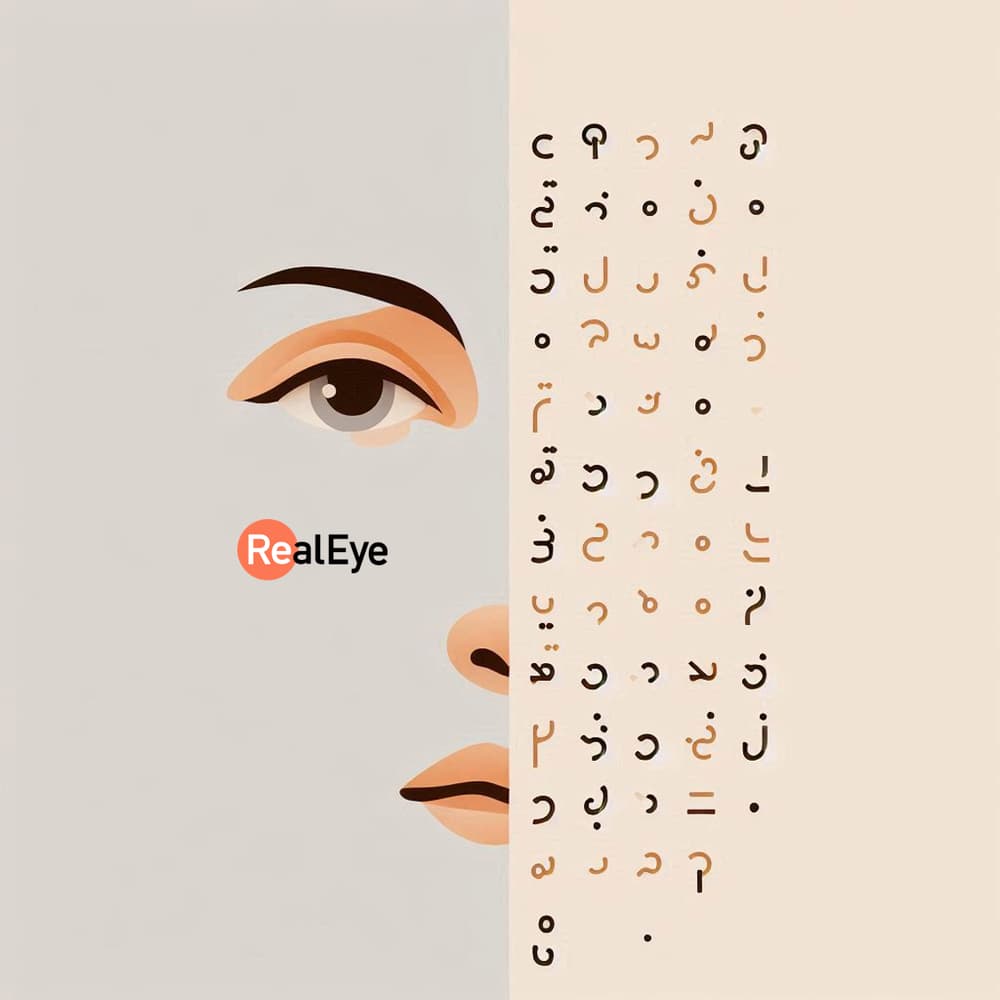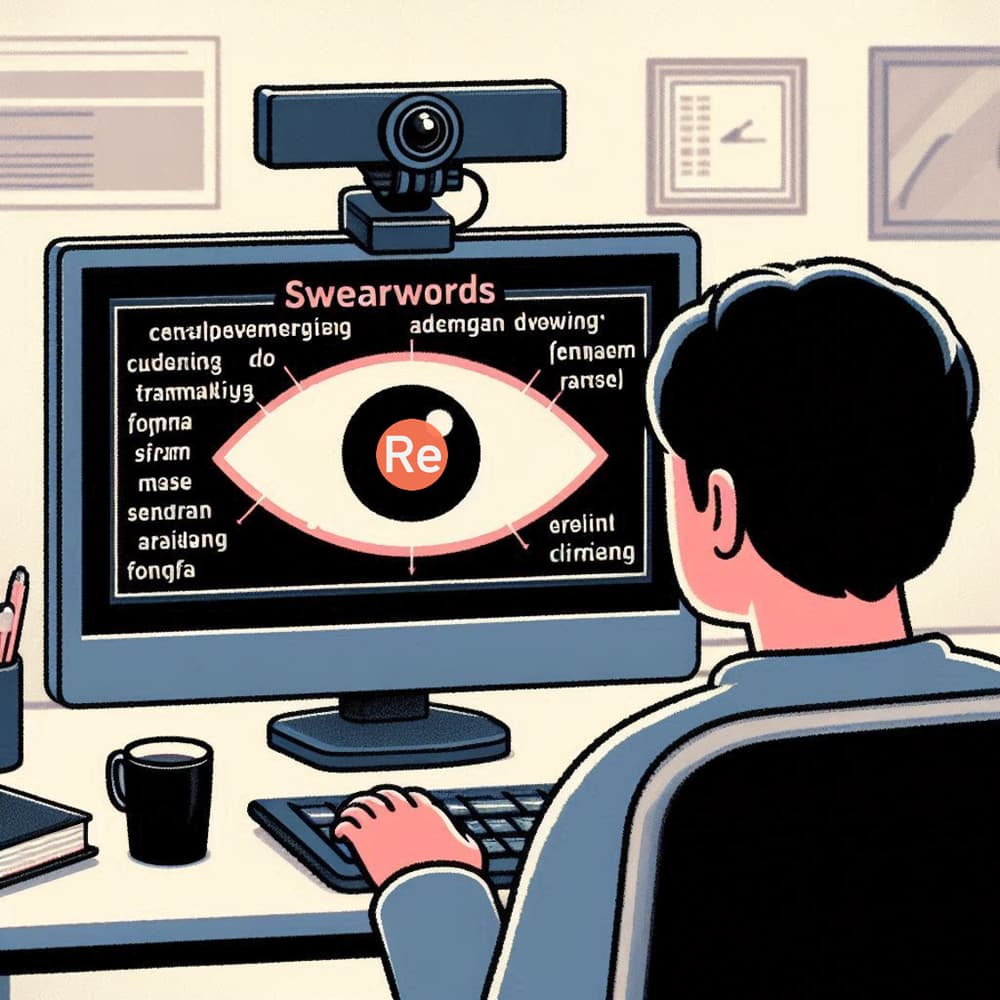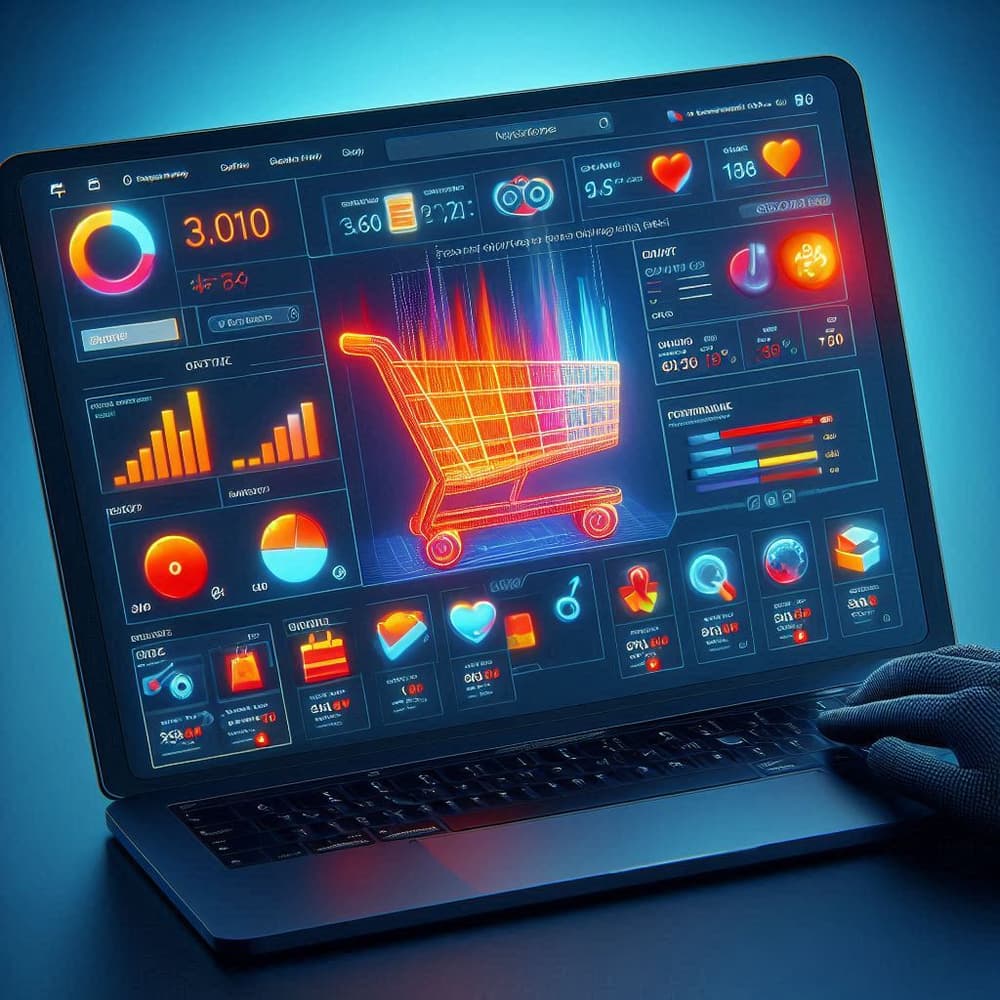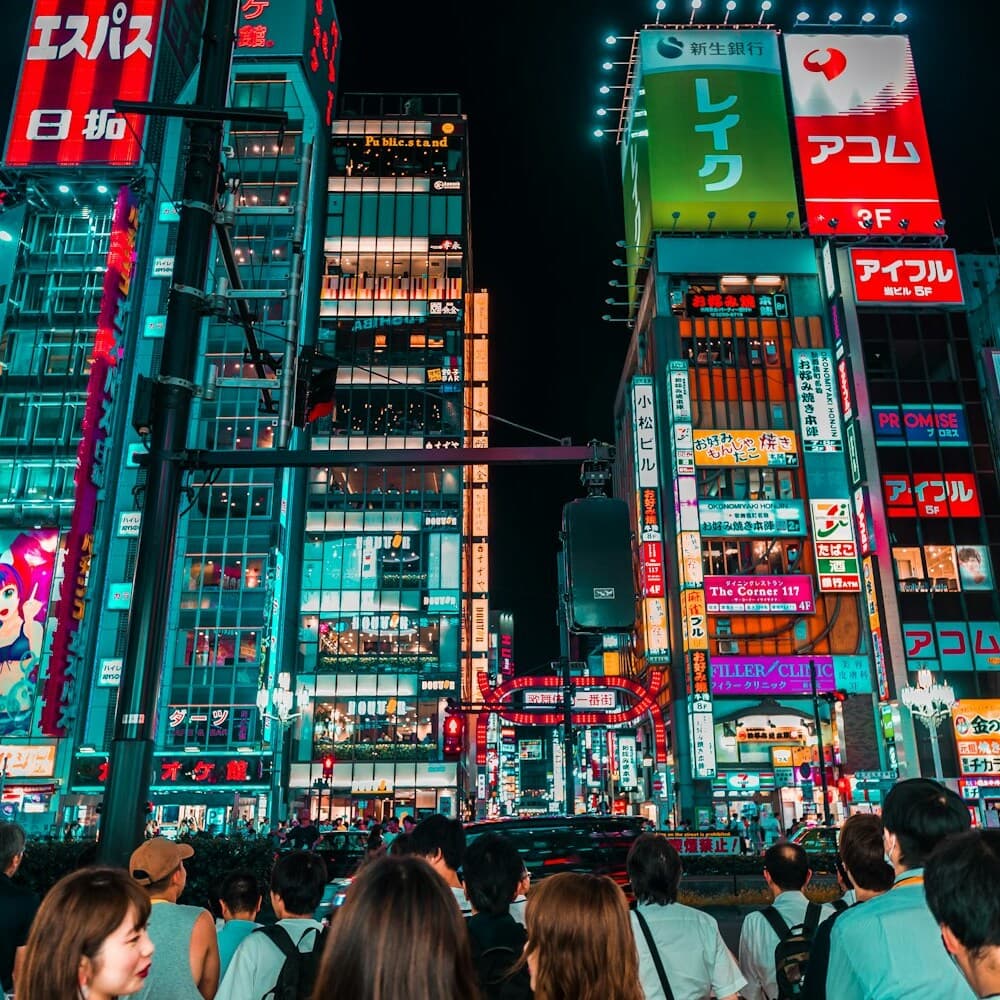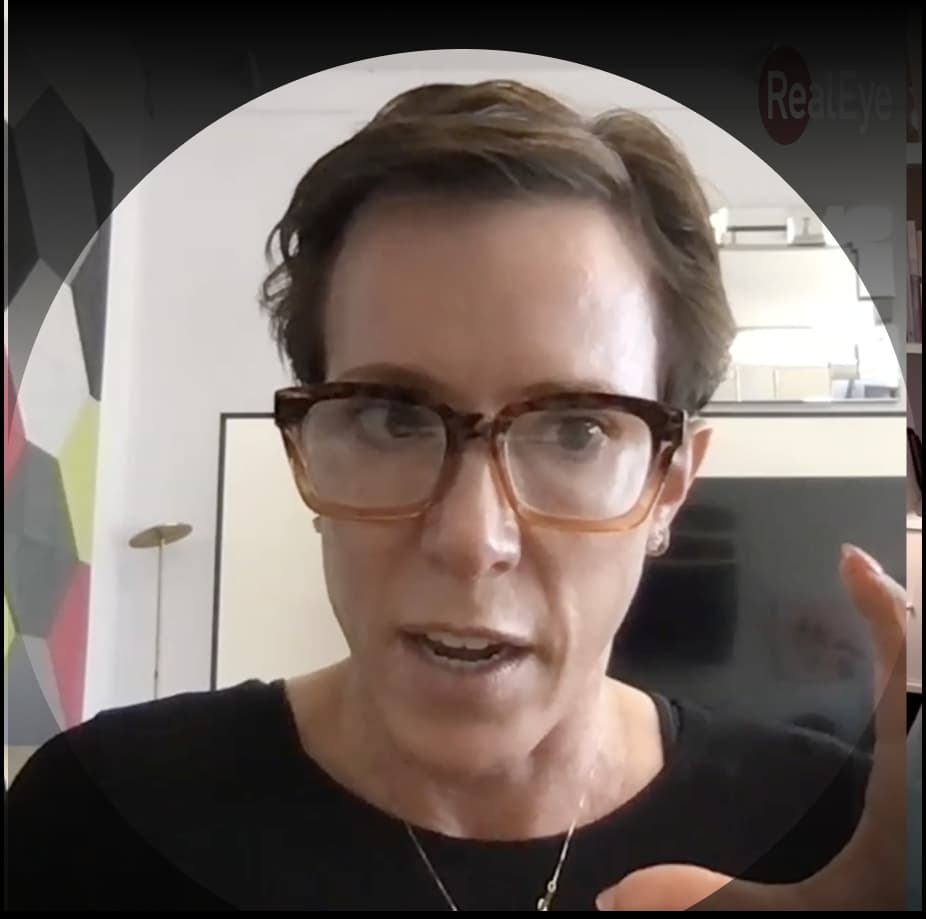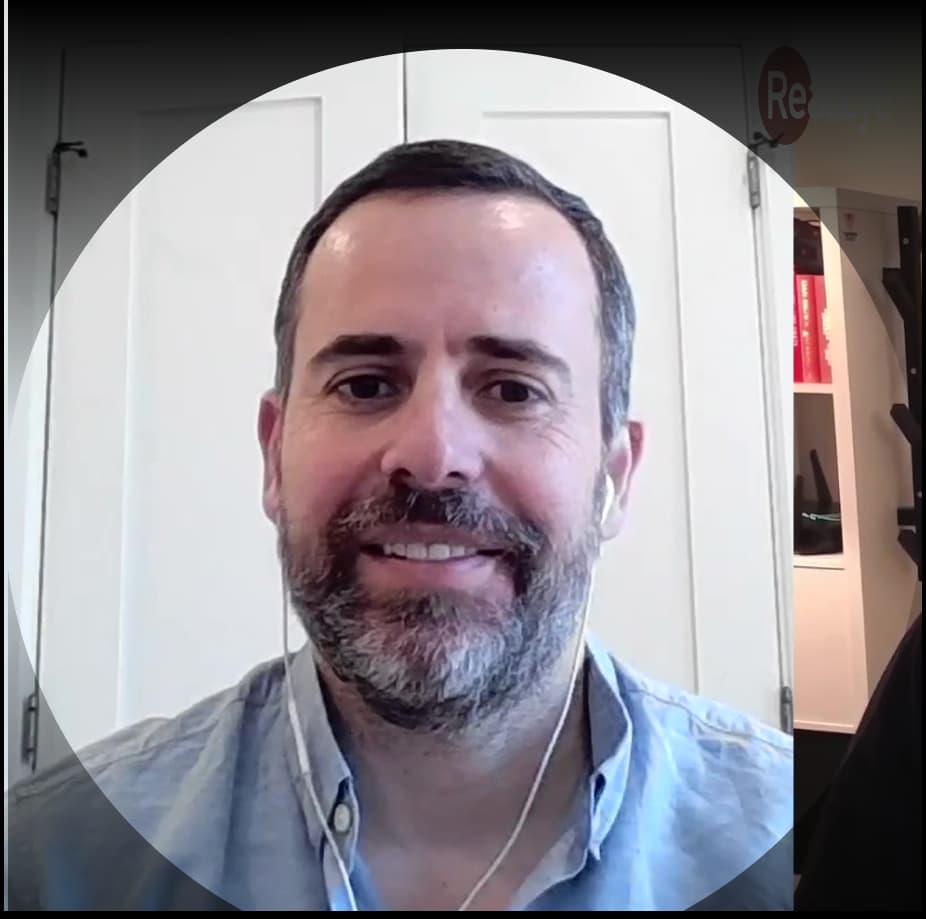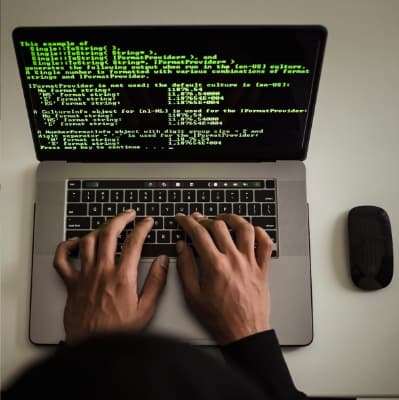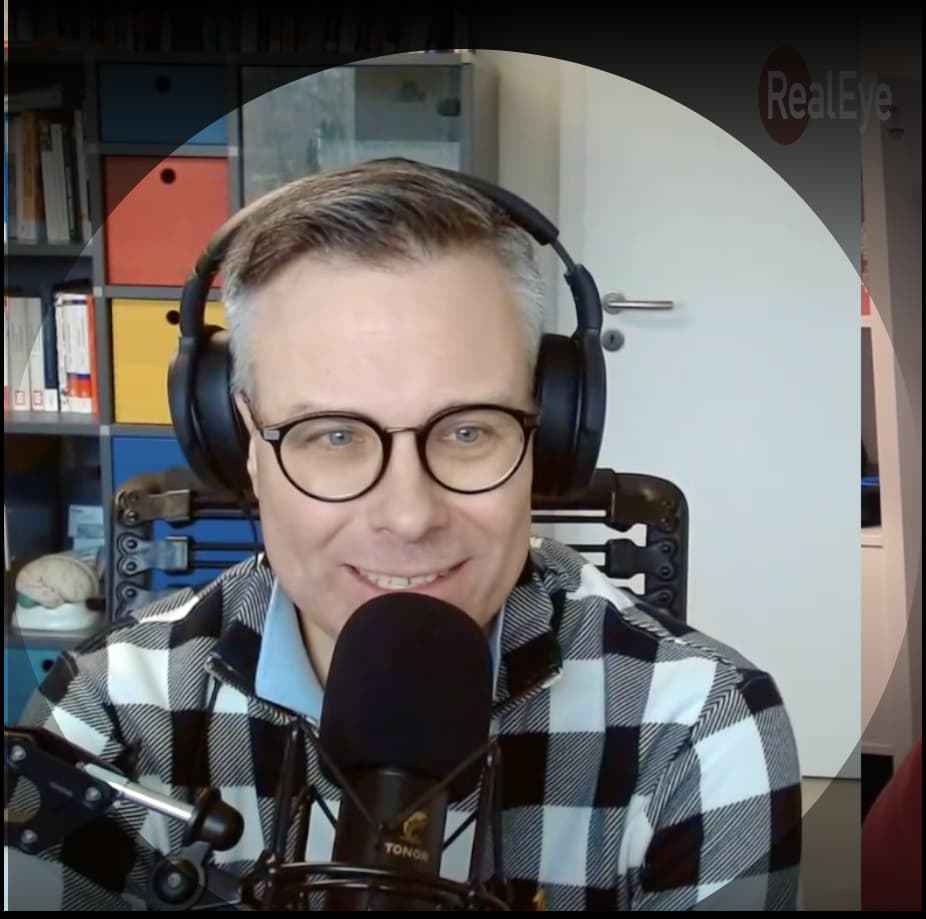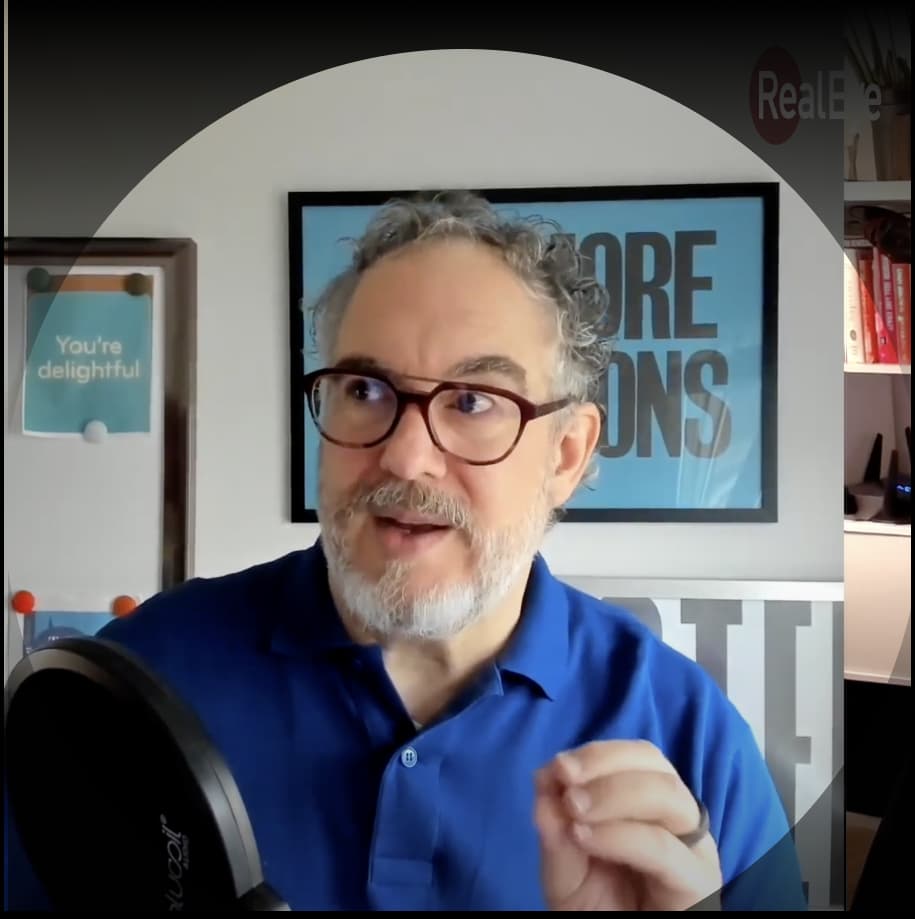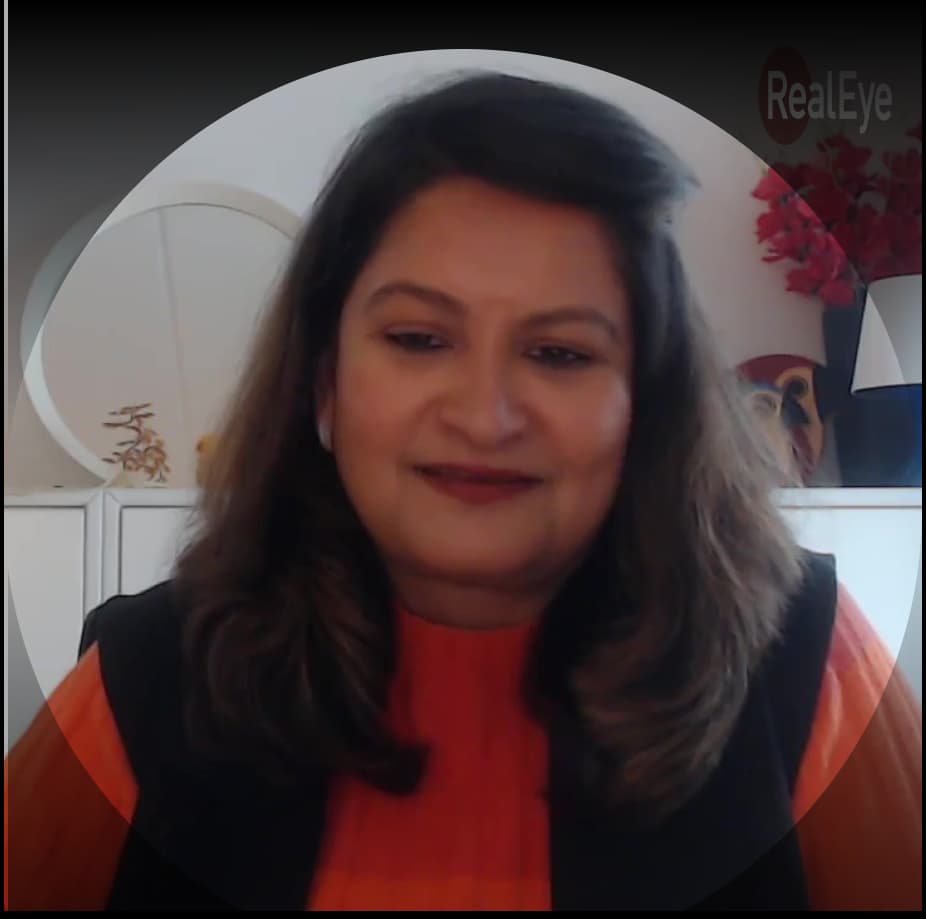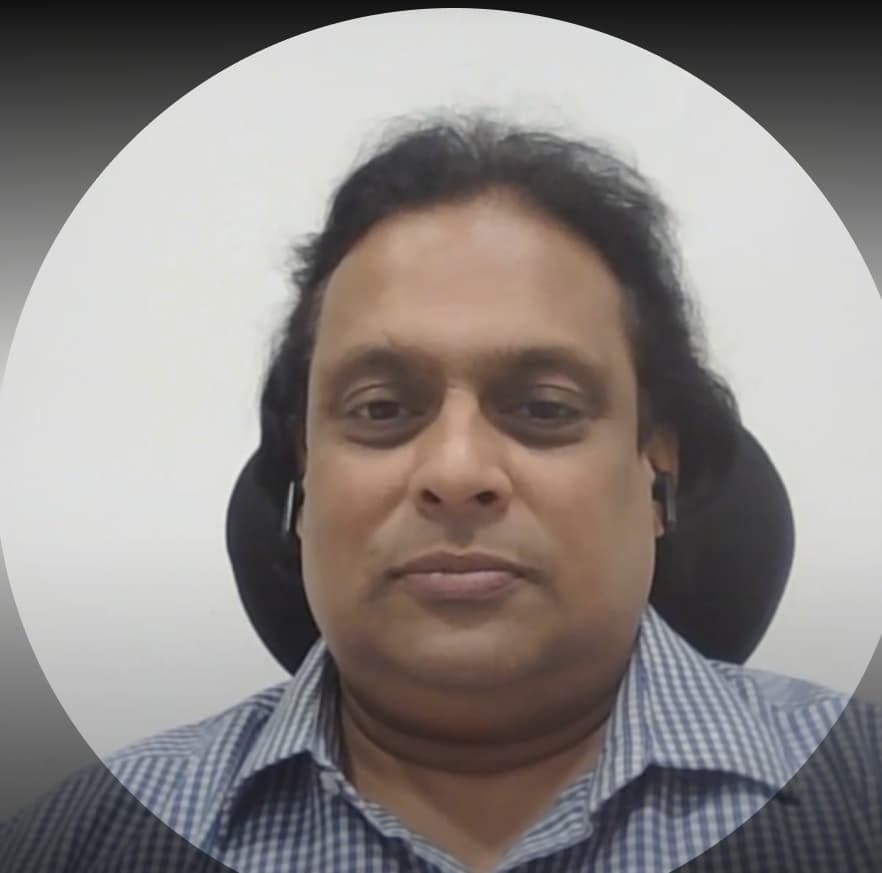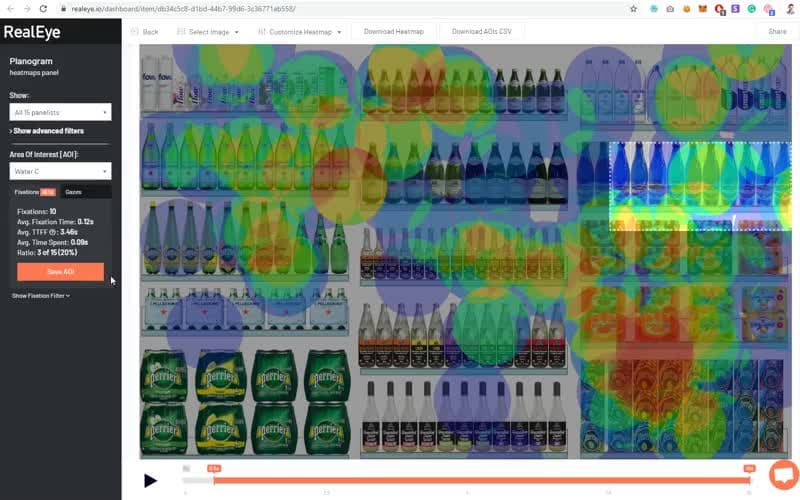
Andrzej Morawski
October 18, 2023
Optimizing Sales through Shelf Testing: Why and How to Test Planograms?
This article emphasizes the significance of planogram testing in retail, focusing on optimizing sales and enhancing customer satisfaction. Companies benefit from planogram testing by improving sales, enhancing the customer experience, and streamlining their supply chain. It outlines the key steps in the planogram testing process, including defining objectives, hypothesis formulation, data collection, analysis, and implementation. The article also discusses two testing approaches: webcam eye-tracking for larger participant reach and faster results and in-lab testing for deeper qualitative insights, depending on a retailer's goals and budget. Ultimately, planogram testing is essential for gaining a competitive edge in the market.
Read more →









